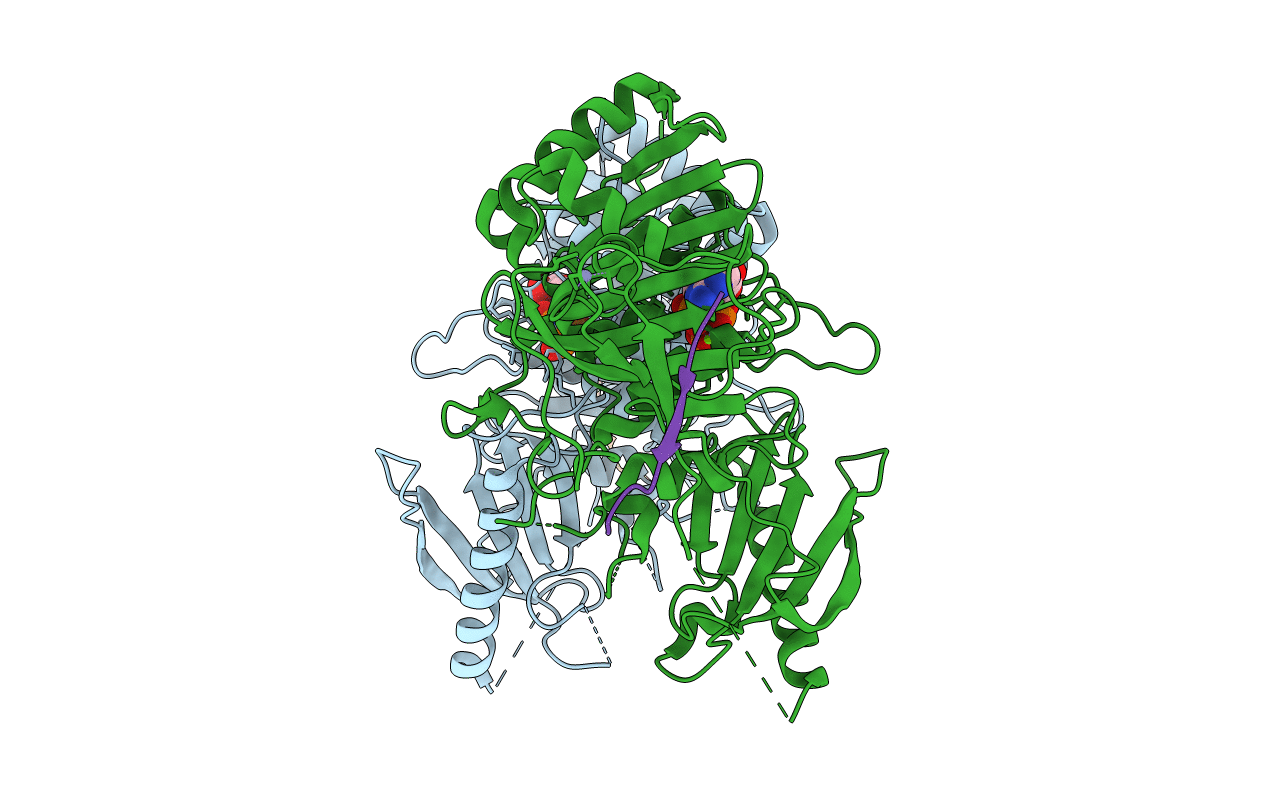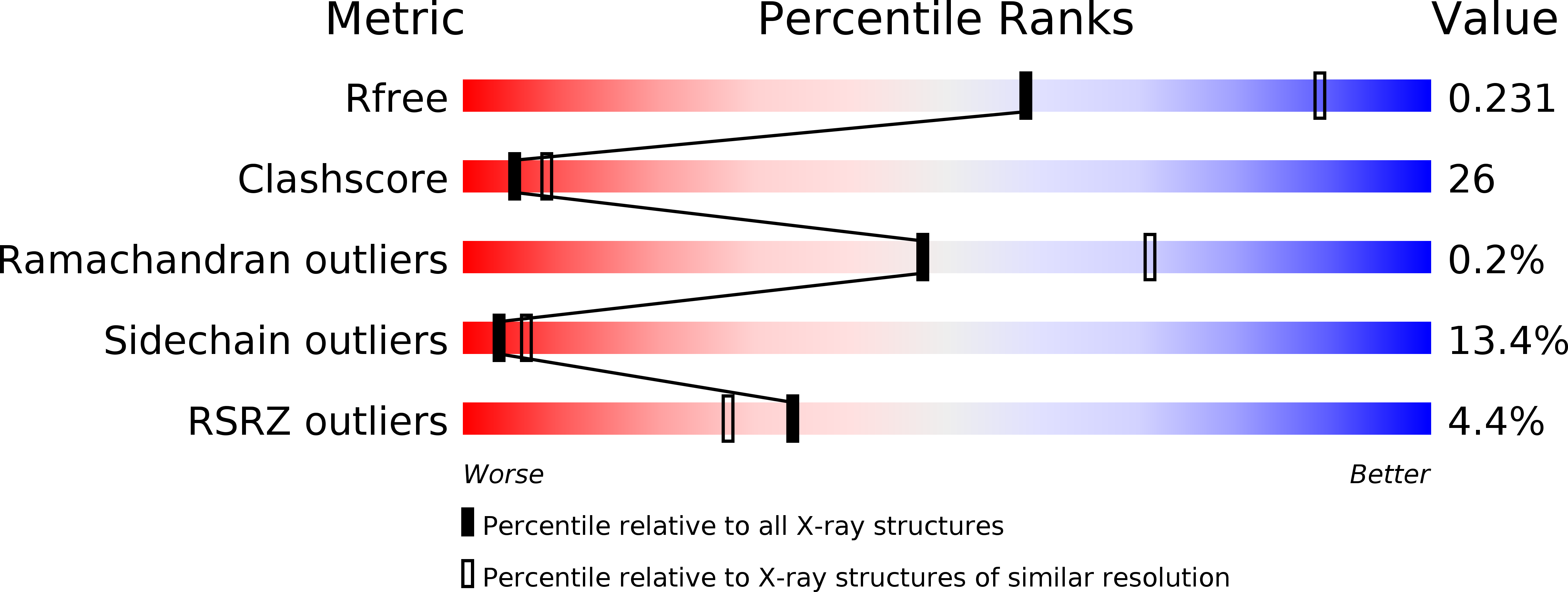
Deposition Date
2016-03-23
Release Date
2016-08-17
Last Version Date
2025-04-09
Entry Detail
PDB ID:
5IX1
Keywords:
Title:
Crystal structure of mouse Morc3 ATPase-CW cassette in complex with AMPPNP and H3K4me3 peptide
Biological Source:
Source Organism:
Mus musculus (Taxon ID: 10090)
Host Organism:
Method Details:
Experimental Method:
Resolution:
2.60 Å
R-Value Free:
0.22
R-Value Work:
0.21
R-Value Observed:
0.21
Space Group:
I 2 2 2


